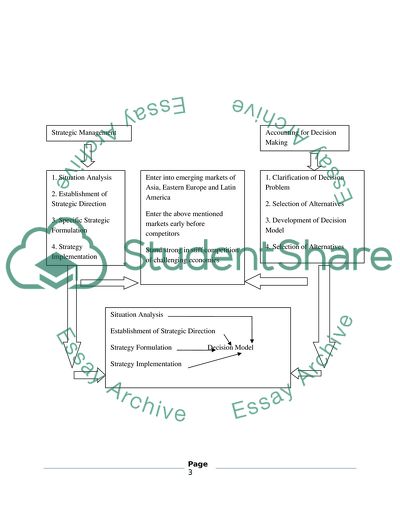Cite this document
(The Global Strategy Framework of Nestle Research Paper - 1, n.d.)
The Global Strategy Framework of Nestle Research Paper - 1. Retrieved from https://studentshare.org/marketing/1749607-business-synoptic-fa
The Global Strategy Framework of Nestle Research Paper - 1. Retrieved from https://studentshare.org/marketing/1749607-business-synoptic-fa
(The Global Strategy Framework of Nestle Research Paper - 1)
The Global Strategy Framework of Nestle Research Paper - 1. https://studentshare.org/marketing/1749607-business-synoptic-fa.
The Global Strategy Framework of Nestle Research Paper - 1. https://studentshare.org/marketing/1749607-business-synoptic-fa.
“The Global Strategy Framework of Nestle Research Paper - 1”, n.d. https://studentshare.org/marketing/1749607-business-synoptic-fa.


